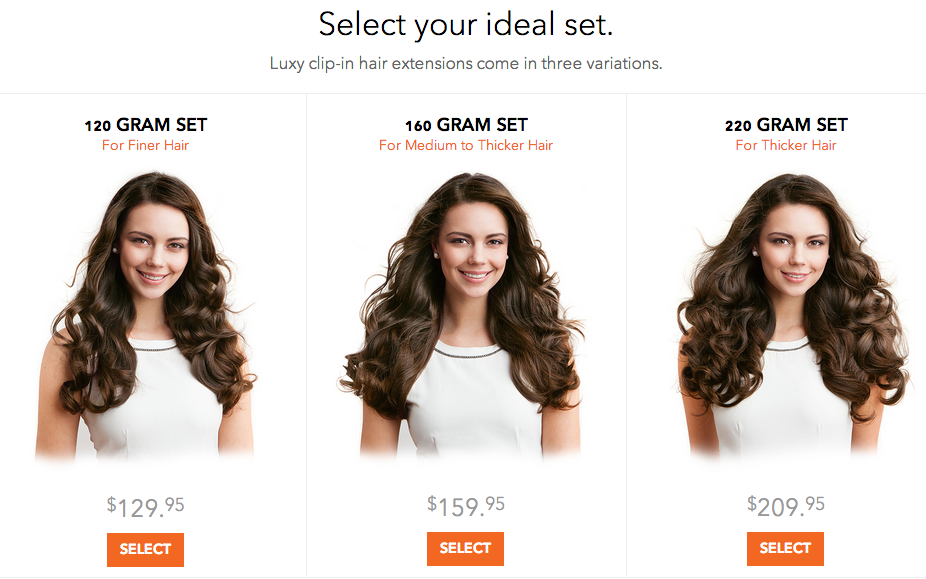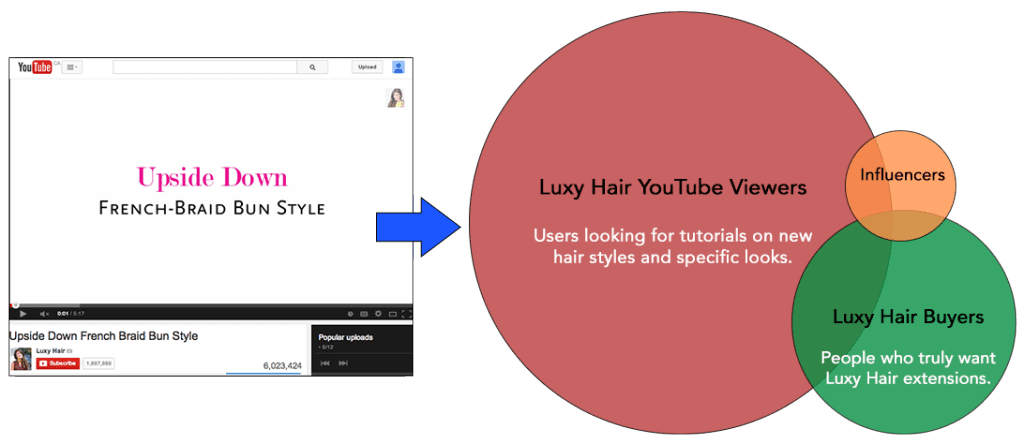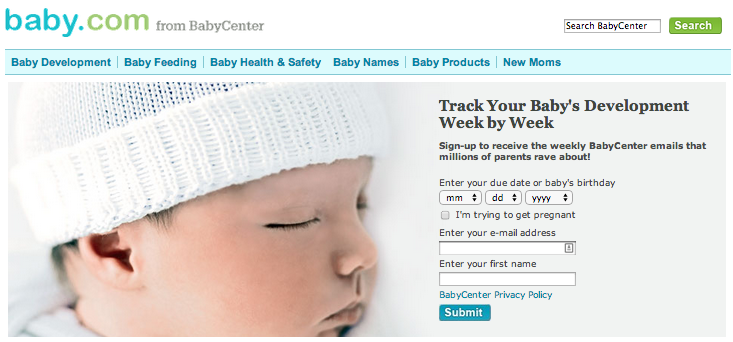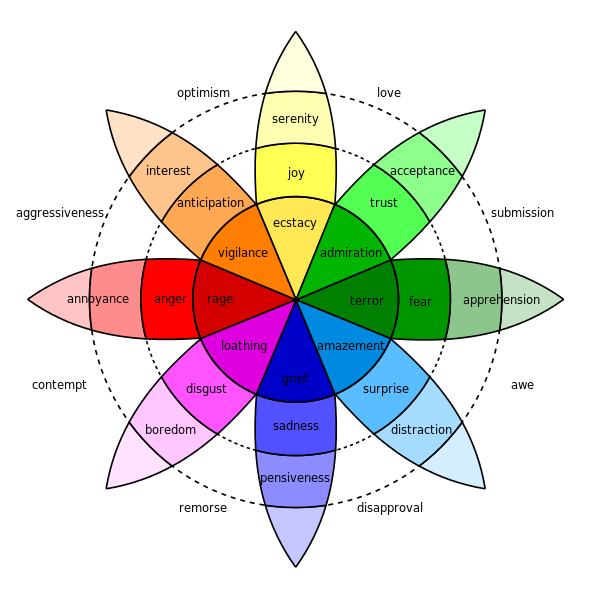There is something wrong with the way they teach marketing these days. A lot of students go through their marketing programs learning about the 4Ps and the importance of conducting a SWOT analysis before coming up with an idea. From there, they are told to conform to the ideas being put in front of them, land a job, stay there forever and never go down the path less travelled.
If you’re looking to constantly produce average content, generate average results and push out average work – that’s easy to do. Those who want achieve as much success possible are often the ones who are willing to take a risk and are not afraid to make mistakes. I’ve worked on projects with risk takers and I’ve worked on projects with conformists. The projects where risk was embraced often found either significant or average results on the flipside, projects filled with comfort and hesitation were met with average results or utter failures.
With the emergence of social media, the amount of noise that your target audience will run into daily is at an all time high. Everywhere you look there’s a quiz you could take on Buzzfeed, an invitation to a game on Facebook or a new Infographic in your inbox that you have to check out. The only option for marketers to be successful is for them to push themselves to stand out and refuse to blend in.
Here are a few ways that you can ensure that the content you’re creating or your team is creating isn’t average:
Don’t Create Content Based On Assumptions & Hunches
Mark Twain once said “there are three kinds of lies: lies, damned lies, and statistics.” Of all of them, I’m a big fan of those that are backed in statistics. In fact, I’m confident that those who base their marketing strategies and efforts solely on hunches and assumptions are doing a disservice to their own brand. We live in a world where data is so readily available that marketers really should have no excuse to allow their egos to get in the way of great work.
The entire concept of content excellence starts with a marketing teams ability to gather content intelligence. Content intelligence takes into consideration not just your buyers but also your audience. You see, most marketers don’t realize that in today’s world, brands don’t solely have a target audience. Instead they have a wide variety of different groups following their story and must understand these groups to better deliver quality content. Let’s take a look at the difference between a buying audience and a media audience for a brand like Luxy Hair:
Luxy Hair is an eCommerce site that sells high quality Clip In Hair Extensions at a reasonable price. Now, I don’t know much about hair extensions but I do know a thing or two about community building and the idea of creating great content. Two things that the folks behind Luxy Hair have done extraordinarily well and have leveraged to stand out as a true leader in the market.
The Luxy Hair brand has grown significantly since its launch and is one of the most adored brands by women across North America. The Luxy Hair YouTube channel currently boasts a staggering 1.8 Million subscribers with a handful of their videos generating 6,7 and even 8 million views. That’s more views than some of my favourite Hip Hop artists latest hits. So how did they do it? Hair Tutorials. We’ll talk about that in a second. But first, let’s talk about the difference between these millions of people who watch their videos and the people who actually buy.
While it’s not obvious, there are a few different audiences that Luxy Hair is serving up content for on a regular basis. First is the potential buyer, second would be the average viewer and third is the influential sharer:
The brilliance behind what Luxy Hair has done with their YouTube channel is found in their ability to attract people with a specific want. The viewers of their content are people searching the web for information and tutorials on how to create beautiful hairstyles for a night on the town or before they head to the office. As a result, Luxy Hair is attracting a wide range of women but within that large group are those who would be in the market for their line of products. That’s the power of creating content that is built on the fact that you know what your audience wants.
And as you can see here in Google trends, it’s pretty obvious they caught the right wave:
While not everyone who watches their videos are converting to customers, if only a small percentage do – they have the chance to drive thousands of new transactions every month. Beyond that, a portion of the people who watch these videos will be influencers of both new viewers and actual buyers. As such, Luxy Hair needs to ensure that the content they create is able to attract and stand out amongst all three of these audiences and that’s exactly what they have done.
I believe in innovation and that the way you get innovation is you fund research and you learn the basic facts. – Bill Gates
If you haven’t clued in, I’m a believer that more marketers need to make data driven decisions. Luxy Hair may or may not have monitored the trend as it relates to hairstyle tutorials but I’m betting their competitors are kicking themselves wishing they did. What trends can you tap into in your industry? What insights can you gather that can lead to a content marketing breakthrough?
These are the questions you need to ask yourself if you want to create content that stands out and not a handful of content that will simply blend in.
Create Content That Delivers More Value Than The Mailman
One of the greatest differentiators between brands that build quality relationships with their customers and those that don’t is found in how much value they offer. It’s easy to fall into the trap of believing that the value you deliver is in your product but let me be the first to tell you that the product is only the beginning. If the product was the beginning and end of the relationship with customers, we would see less telecom companies being listed as some of the most hated brands in the world. It’s the entire experience that a customer has with your brand that influences their affinity towards you.
In today’s landscape, brands have an opportunity like never before to deliver value directly to their customers and target audience. In the Luxy Hair video, the value that they offer is pretty clear. Tutorials that help women establish the looks and styles that could pass for a Red Carpet beauty shot. But what other forms of content can brands and organizations deliver that adds value?
At first glance, you might look at Baby.com and simply see a site that delivers a handful of quality information for new and expecting parents along with a pretty awesome tool that keeps you in the loop on your baby’s development. What you don’t see at first glance is the fact that this content and website is managed and owned by Johnson and Johnson. As a result, you can expect recommendations to use various Johnson and Johnson products without immediately knowing that this site was owned by the company.
Beyond that, it’s important to look at applications like the Baby Development Tracker as a type of content marketing. Anything that your audience consumes on your site, is essentially a form of content. In the Baby Development Tracker example, the user is going to receive weekly emails about their baby with the marketing goal of driving these users to buy or establish a stronger relationship.
Let’s take an example that hits a little bit close to home. To put it bluntly, you’re my audience. You’re reading this blog post because you’re interested in learning how to create remarkable content. How you found me in the first place could be a wide range of avenues but it’s likely (and hopeful on my end) that it started with me adding some sort of value to your life or career. It could have been a blog post, it could have been a Twitter conversation or it could have been one of my free guides on either Instagram or Snapchat Marketing. Either way, that value has resulted in you being here, reading these words. That’s the power of creating and distributing content that adds value.
Now, you might be thinking about what I talked about earlier as it relates to the different types of audiences and where you fit in. While I really hope that overtime I can deliver enough value that you’ll make the leap and buy one of my products, I’m just as happy with you taking the time to read and share this post. It’s the idea of constantly delivering quality content that will keep you coming back and ultimately lead to a stronger between the two of us. And that’s what it’s all about. It’s about building that connection by delivering value with the goal of you either sharing, talking, referring or buying.
Focus On The Emotional Aspect Of Content
As humans, we’re emotional by nature. Think about the last few days and how many different emotions you’ve experienced. If you’re like most people, you can quickly think about a wide range of highs and lows that came into your life. Yet, a new study says we’re really only capable of four “basic” emotions: being happy, sad, afraid/surprised, and angry/disgusted.
Yet similar to the way there are a wide range of different versions of White, Rose and Red wines, there are different versions of these four king emotions. The famous “wheel of emotions” from Robert Plutchik’s shows this well:
While there are many different emotions that we can feel, there’s only one winner as it relates to the number one driver of shares. Studies have found that Happiness is the main driver of sharing when it comes to social media and digital content. Amusement, Surprise, Delight, Joy, Hope, Pleasure and Excitement are all forms of Happiness that can result in more shares when found in your content.
Take the success of Coca-Cola’s ‘Happiness Machine’, or the most shared Superbowl commercial of 2014, The Horse & Dog Best Buds from Budweiser. What we see in these cases, and many more, is that content that evokes positive emotion in us has the ability to drive significant shares. Now, just because Happiness is number one, doesn’t mean it’s the end all be all for content marketers. You might imagine that positive emotions increase sharing and negative emotions decrease it. But it’s not that simple.
Do you remember the KONY 2012 phenomena? That video spread like wild fire on social media and it wasn’t making anyone feel good. Yet it still became one of the most watched YouTube videos of all time and one of the fastest videos to hit 5 million viewers. You see, in a study from viral marketing researchers Jonah Berger and Katherine Milkman, content sharing is built on arousal.
In their study, it states:
Content that evokes either positive (awe) or negative (anger or anxiety) emotions characterized by high arousal is more viral. Content that evokes low arousal emotion (sadness) is less viral.
Meaning, when you craft content, it’s important to stir up some type of emotion in your content. I’ve done it with this post by asking you to refuse to be average. My hope is that it will impact you in a positive way and ultimately lead to you recognizing that the only thing holding you back from going from average to great is yourself. You need to take these tips, implement them and hold yourself to ensuring that these ideas are a part of your formula when crafting new and remarkable content.
Conclusion
It’s very easy to create average content. In fact, most of the content you come across on the web should be considered average. What you need to do is focus on how you can differentiate yourself from those who are following best practice and create your own path. Look for ways to leverage emotions and connection in your stories. Look for ways to leverage content intelligence to guide your approach. Look for ways to stand out instead of blending in. In the meantime, you should check out my guide: Stand Out – The Content Marketing Guide for Entrepreneurs; it’s filled with insights and information that will help you do just that.
What other tips and tricks do you think could help a brand develop great content?





